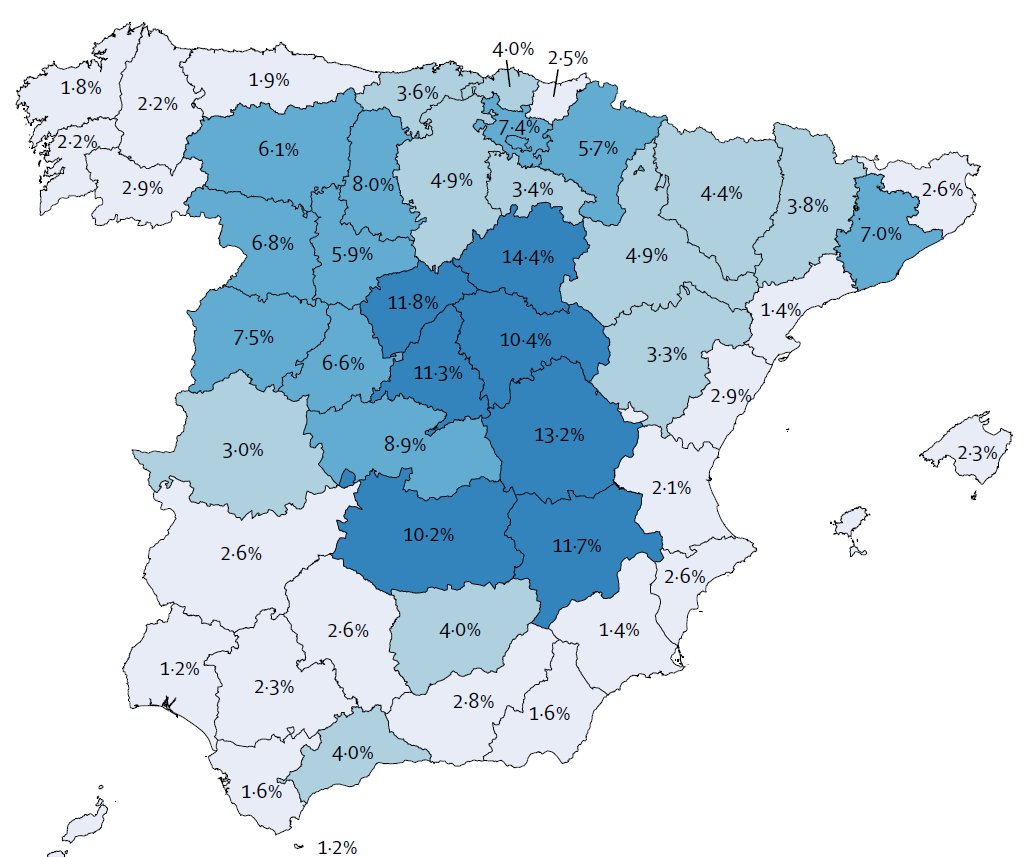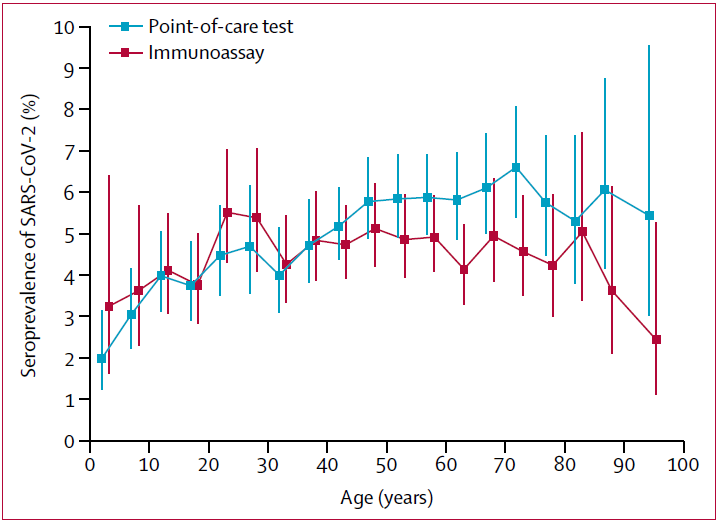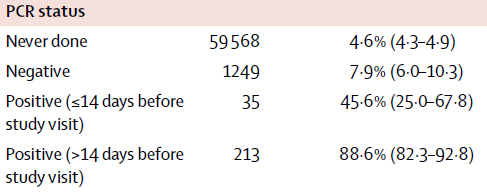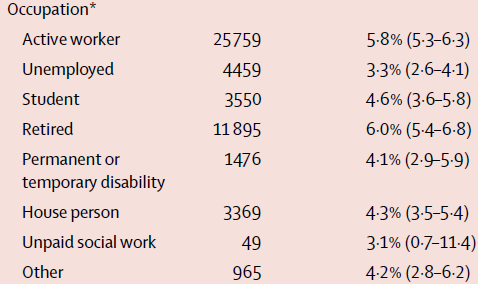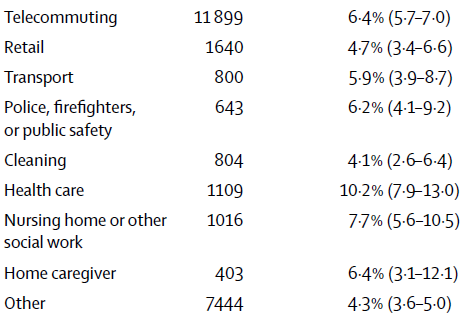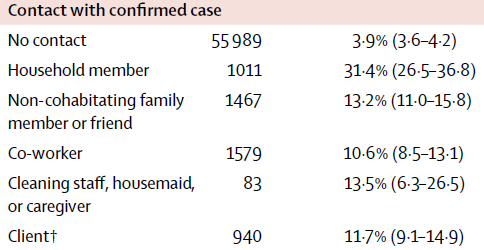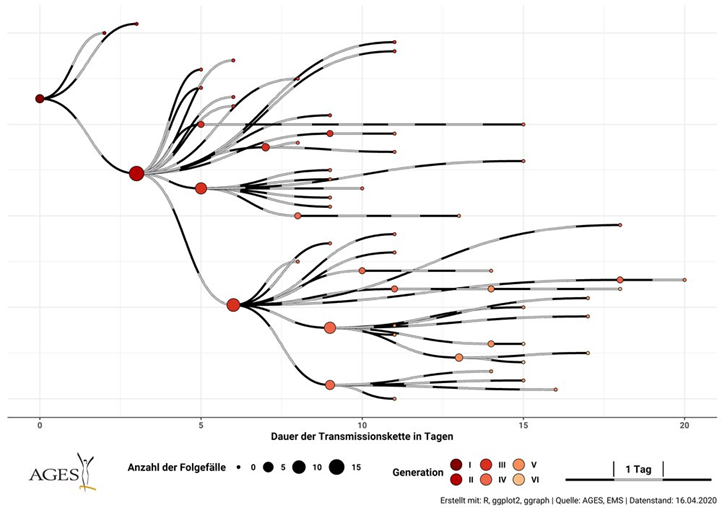Serosurvey from Spain finally published!
Tons of major findings here & I haven't seen a detailed summary so here's one.
Thread
doi.org/10.1016/S0140-…
Spatial scale: country wide!
Sample size: huge! 61K
Why does this matter? Can look at spatial variation, within population comparisons (age, gender, prof.)
1) Study recruited participants using random sample of national database of households. So much better than convenience samples (e.g. using Facebook ads, blood donors, grocery stores). Refusal rate low (18%) so results unlikely to be heavily skewed.
Internal validation:
POC test: sensitivity 82.1%, specificity 100%
IA: sens: 89.7, spec: 100%
Tests didn't always agree so results presented multiple ways
3) Unlike other studies they re-weight results carefully to match pop they want to describe within each province by age, income, sex.
ourworldindata.org/coronavirus/co…
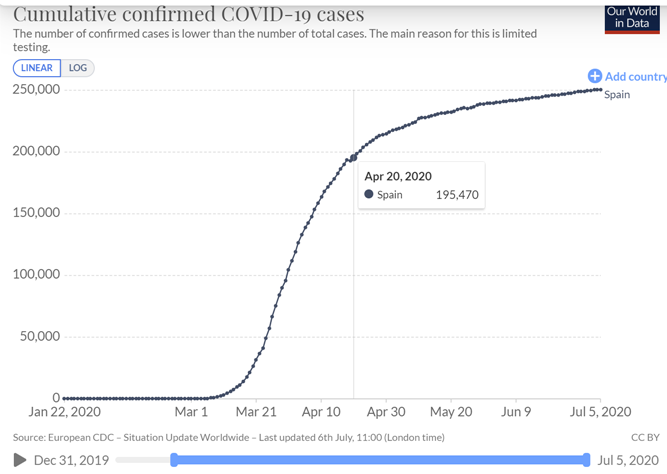
-Fraction asymptotic 32.7% (based on recall so likely slight overestimate); sadly not broken out by age
-Only 16.9% of people w/ COVID symptoms seropositive (most - 83%- that thought they had COVID, didn't)
-Fantastic study (great when science is done right!)
-Seroprev still quite low despite large number of deaths, especially in Madrid
-Children infected but slighly lower serop. Study speculates ACE-2 receptors but behavioral "shielding" also possible explanation
-Expected higher exposure of health care; worrisome high serop of nursing staff (infection from SNF residents?)
-Unexpected: little variation by socio-economic status
-Surprising decreasing serop w/ household size.
medrxiv.org/content/10.110…

